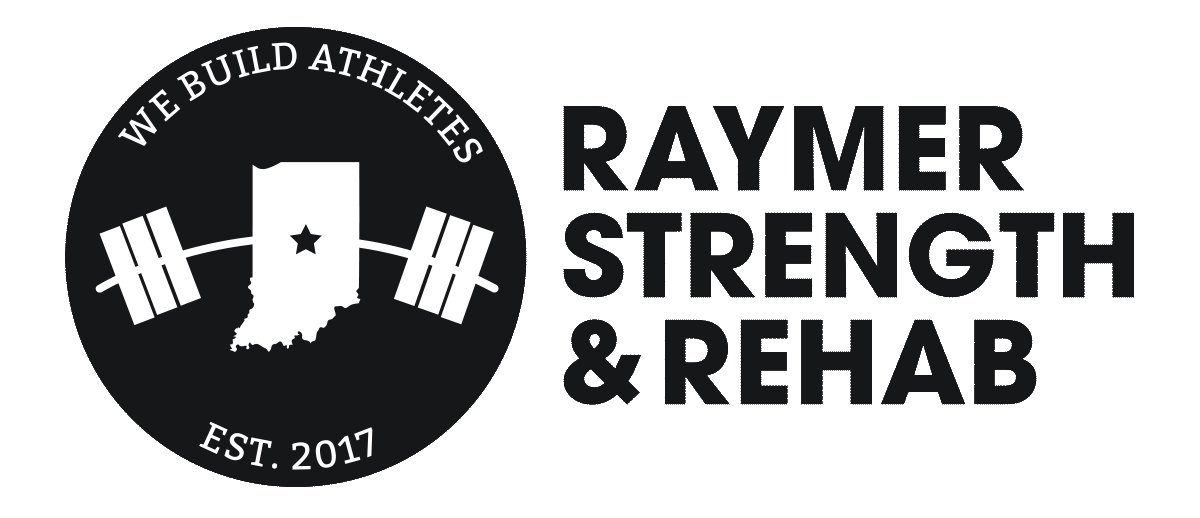Ladders won't make you faster
A staple of many training sessions and sport practices, the speed (or agility) ladder has been seen by many an athlete and parent, alike. The drills look productive, and using it may help athletes get better at overall coordination, help in a minor way with deceleration, or help with a sport specific skill.
But ladders won’t make you faster.
Practicing on the ladder is skill, and running ladder drills will you’ll only make you better at ladder drills.
I don’t challenge these ideas without data. This study of youth soccer players conducted by Padrón-Cabo, Rey, Kalén, and Costa found that there was no statistical improvement in 10m and 20m sprint times between the group that did six weeks of agility drills versus the group that did not.
What will improve speed?
It’s basic, but basic works.
Improve ground force production (squat, deadlift, etc.)
Improve force production through extension (clean, hinge, jerk, jumps, etc.)
Improve sprinting mechanics (stride length, stride rate, arm drive, etc.)
Want to get into more details? I wrote a whole post on producing linear force.
Here’s 10 tactical ways and best practices to actually improve speed.
Ladders do not help with agility
“Alright, Coach J,” you say, “But what about agility? These ladder drills help what that, right?”
The short answer is no.
Agility is defined as “rapid whole body movement with change of velocity or direction in response to a stimulus” (Sheppard and Young 2006). The NSCA has a great article on speed and agility assessments and their first paragraph explains how agility can play out in different sports.
Ladder drills are preset footwork patterns. Athletes are not reacting to a random stimulus, and they aren’t suddenly changing direction or velocity. At most, they may be getting some deceleration work in, but that’s very minor.
An agile athlete must have the ability to cut, sprint, jump, land at a dime, and re-accelerate with a lower risk of injury. If you want to train agility, introduce cuts, changes of direction, or jumps and better yet, add a stimulus for the athlete react to realtime.
We regularly train the 5-10-5 Pro Agility Test because not only is it effective at practicing rapid changes of velocity and direction, but it’s a commonly requested measurable for college recruiting. What it doesn’t have is a stimulus to react to, so we look at other drills for that.
Learn more about the 4 components of agility and how to train it.
@raymerstrength Ditch the ladder. Sprint more. Squat and Clean Heavy. #sportperformance #strengthandconditioning #speedtraining ♬ original sound - Matthew Rincon
What ladders will do
Ladders have a place. They are great for athletes that need to learn better coordination. They might have a place for sport-specific footwork in martial arts, or other sports. I say that as a martial artist, but even I’m not completely convinced. If you’re looking for something to raise heart rates, cool.
Even though ladders might help with deceleration in a minor way, there are so many more drills out there that get you a better result for the time spent
Just don’t tell people that ladders will make them faster or more agile.
Ready to get better, faster, and stronger?
Get in touch and we’ll assess your body’s movement patterns and create a training program for you to reach the next level of competition.

